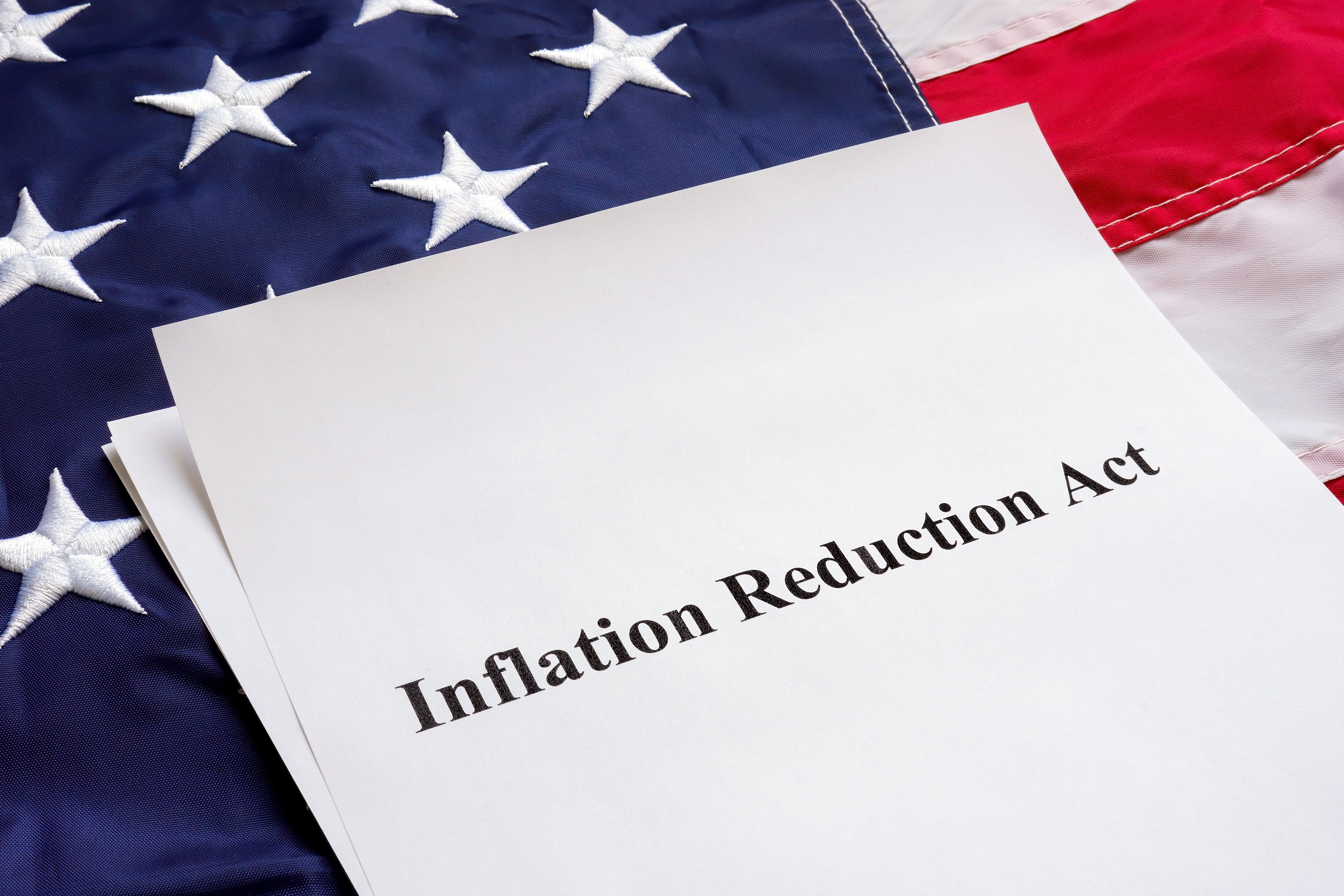News
Article
IRA Drug Price Negotiation Savings Dominated by 3 Medications
Author(s):
The majority of federal savings indicated by the Inflation Reduction Act's Drug Price Negotiation Program can be attributed to 3 drugs.
Three drugs included in the Inflation Reduction Act’s (IRA) federal negotiations for lower drug pricing will account for over 50% of the anticipated savings taking place in 2026, BioSpace reported.1 Earlier this month, the CMS finalized a list of 10 drugs included in the IRA’s Medicare Drug Price Negotiation Program2 that were chosen out of the top-50 products affiliated with the most Part D spending.3
The the bulk of these expected reductions (51.4%) will occur with etanercept (enbrel; Amgen), apixaban (eliquis; Bristol Myers Squib), and ustekinumab (stelara; Johnson & Johnson).1 Below is the full list of drugs included in price negotiations2:
10 drugs were listed as part of federal drug price negotiations under the IRA | image credit: Vitalii Votolazskyi - stock.adobe.com

1. Insulin aspart (Fiasp, Fiasp FlexTouch, FiaspPenFill, NovoLog, NovoLog FlexPen, NovoLog PenFill; Novo Nordisk)
2. Empagliflozin (Jardiance; Boehringer Ingelheim)
3. Rivaroxaban (Xarelto; Janssen)
4. Sitagliptin (Januvia; Merck)
5. Dapagliflozin (Farxiga; AstraZeneca)
6. Sacubitril/valsartan (Entresto; Novartis)
7. Ibrutinib (Imbruvica; Pharmacyclics/Johnson & Johnson)
8. Etanercept
9. Ustekinumab
10. Apixaban
In reference to a new report from the Brookings Institute, a public-policy focused, nonprofit organization, author Tristan Manalac emphasized how the foreseeable discounts in etanercept, apixaban and ustekinumab will save the federal government approximately $3.3 billion in its first year, with IRA’s negotiations resulting in an average drug price reduction of 22% and estimated overall federal savings of $6 billion.1 According to the Department of Health and Human Services, beneficiaries themselves should anticipate approximately $1.5 billion in aggregated savings.4 “However, the negotiations had a markedly stronger effect on some medicines more than others due to varying pre-IRA rebates and competition,” Manalac wrote. These discrepancies alongside skepticism about the true value of savings that will be afforded to patients have sparked mix reviews on this resolution.2
Of note in these criticisms, Steve Ubl, PhRMA CEO said in a statement he believes “patients will be disappointed” due to the fact that “there are no assurances [they] will see lower out-of-pocket costs because the law did nothing to rein in abuses by insurance companies and PBMs who ultimately decide what medicines are covered and what patients pay at the pharmacy.”4
“The estimates presented represent savings stemming from the differences in sales based on prices negotiated by prescription drug plans pre-IRA and prices negotiated by the government due to the IRA’s creation of the drug negotiation program,” the Brookings report wrote.3 They added, “the estimates show that the government negotiations are especially significant for drugs where market forces were most limited and therefore had the least impact on producing price concessions,” which was “the intent of the policy design.”
Brookings noted some limitations to their data, however, because their report was reliant on publicly available information rather than confirmed rebates or prices from non-federal manufacturers. In this respect, “the estimates measure the ability of CMS to effectively negotiate prices and point to what can be expected from future rounds of negotiation as the program grows,” they wrote, citing how their analyses paralleled those conducted by CMS.
References
1. Manalac T. More than half of IRA negotiation savings to come from three drugs: report. BioSpace. August 20, 2024. Accessed August 20, 2024. https://www.biospace.com/policy/more-than-half-of-ira-negotiation-savings-to-come-from-three-drugs-report
2. McCormick B. Reaction mixed after CMS unveils negotiated Medicare drug prices. The American Journal of Managed Care®. August 19, 2024. Accessed August 20, 2024. https://www.ajmc.com/view/reaction-mixed-after-cms-unveils-negotiated-medicare-drug-prices
3. Impact of federal negotiation of prescription drug prices. Brookings. August 19, 2024. Accessed August 20, 2024. https://www.brookings.edu/articles/impact-of-federal-negotiation-of-prescription-drug-prices/
4. Slabodkin G. Medicate negotiated drug prices are hollow victory for Biden, Harris. BioSpace. August 16, 2024. Accessed August 20, 2024. https://www.biospace.com/policy/medicare-negotiated-drug-prices-are-hollow-victory-for-biden-harris





